Top 10 things to see in Conegliano and surroundings
Conegliano and surroundings
Table of Contents
ToggleConegliano city of arts and wine
The city of Conegliano with its 36,000 inhabitants is the second largest in the province of Treviso. A medieval city in which still stands the castle, become symbol of the city. Here there are several possibilities to spend pleasant days: walks along the hills, a visit to the civic museum in the castle tower, the historic streets and the countless restaurants and taverns that will refresh you after a day spent discovering the city.
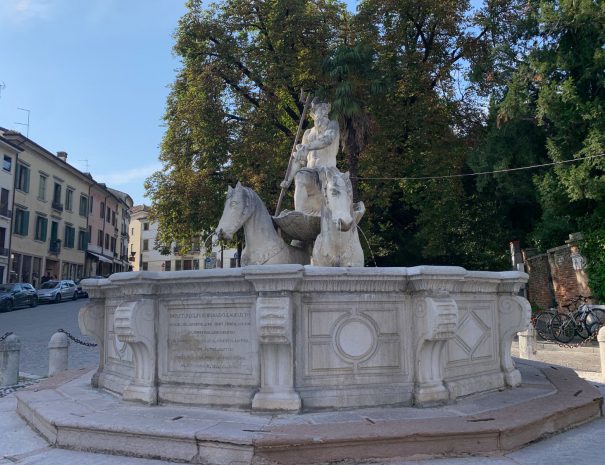
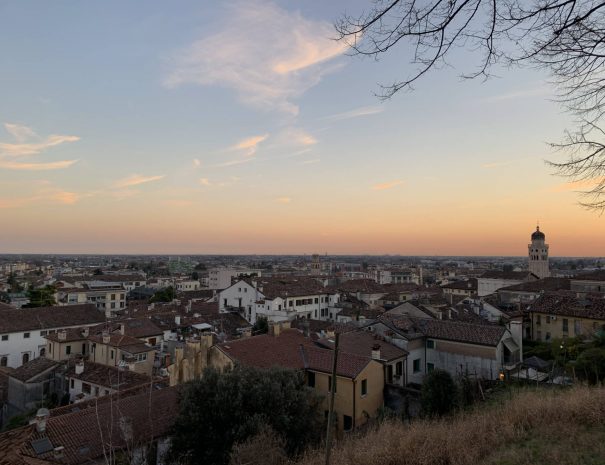
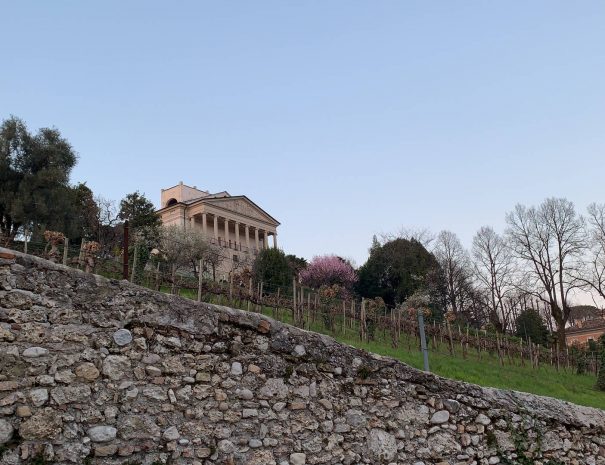
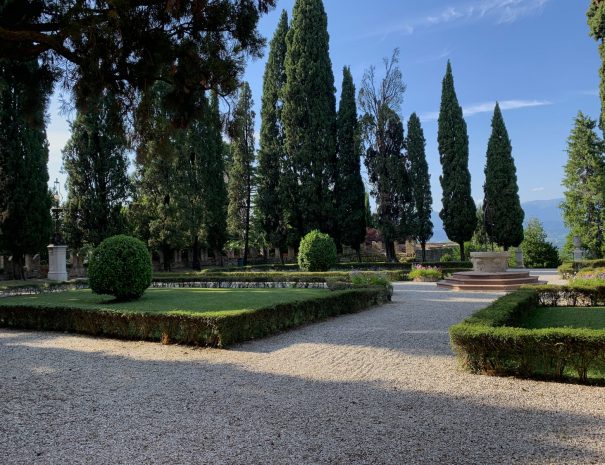
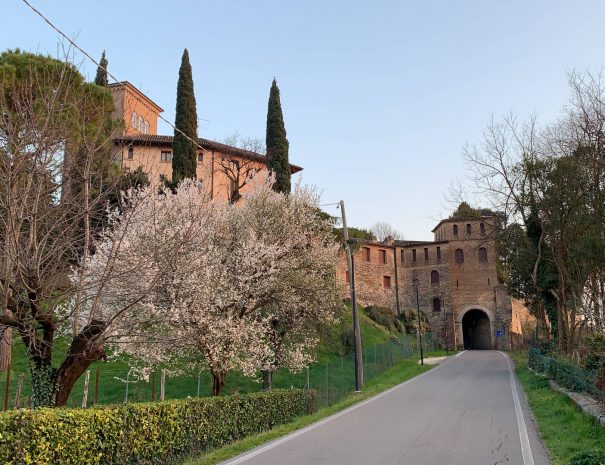
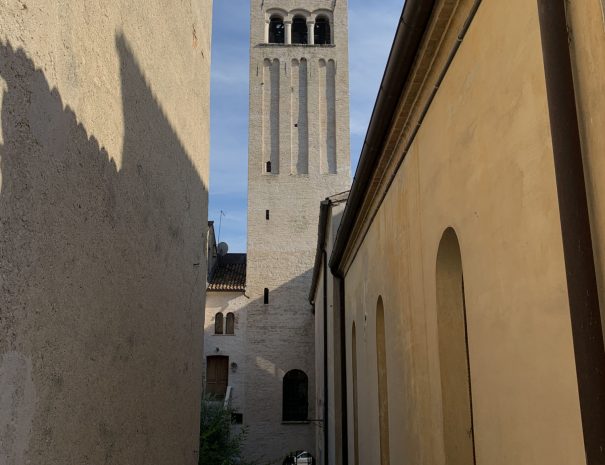
The top three things to see in Conegliano:
Castle of Conegliano and civic museum
Conegliano Castle is situated on top of the Colle di Giano, from where it dominates the city and is visible from the surrounding territories.
The oldest records of the fortress date back to the 12th century, but all that remains of this era today are the remains of the city walls, part of the ancient cathedral and the Bell Tower, which now houses the civic museum (which houses an art gallery and a series of frescoes on the second floor, Roman artifacts found in Conegliano area on the upper floor, and testimonies related to prominent personalities of the city on the top floor).
The main reason that explain why this place is magical, is the panorama that can be enjoyed from the top of the castle. The view sweeps to the north towards the Alps and the Prosecco hills, considered among the most spectacular landscapes of Veneto, giving in all seasons unforgettable emotions and colors. Towards the south, instead, the view sweeps towards the Piave River Valley and, on clear days, it allows to catch a glimpse of the Venice lagoon on the horizon as well.
The castle can also be reached on foot, from Square Cima, admiring the historic center of Conegliano, the small Church of the “Madonna della Neve” and the splendid “Villa Gera”, located below the castle, or going up along the small road enclosed within the walls that can be found along the road at the entrance to the Fountain of Nettuno. On the other side, it is possible to reach the castle from road Immacolata di Lourdes, enjoying a panorama that opens up more and more as you ascend in altitude and take the recently restored nature trail, which allows you to arrive directly inside the castle park.
Hours:
- Mondays: 10 a.m.-2 p.m;
- Wednesdays: 2-6 p.m;
- Thursday-Friday-Saturday-Sunday: 10 a.m.-1 p.m. / 2 p.m.-6 p.m.
- Closed Tuesdays (except holiday Tuesdays, on which the Museum will be open 2 p.m.-6 p.m.).
Green Pass (COVID-19 Green Certification) and ID will be required to enter the Museum.
For more info visit the official tourism website of the City of Conegliano:
The Dome and "Sala dei Battuti"
The construction of Conegliano Dome was undertaken by the Battuti, members of a congregation born in Umbria in 1260, that moved to the city in 1345. Then in the second half of the 14th century the overlying meeting hall was also built, and later the building was enlarged with the construction of the presbytery, two new naves and the bell tower.
Currently, the church consists of two distinct parts: the 14th-century naves with candelabra elements, the result of additions and alterations made in the 18th century, and the presbytery, which is of recent workmanship. The structure houses works of art by the Conegliano painter Giambattista Cima, and its façade is inaugurated by a succession of nine pointed arches with a wall frescoed in the late 16th century by Ludovico Toeput, known as Pozzoserrato, with scenes from the sacred scriptures.
Cima square
Cima Square represent the heart of Conegliano’s historic center and the primary place of sociability for the city’s inhabitants. It is located on the slopes of the Giano hill’s and, given this peculiarity, has the characteristic of being gently sloping.
The square is enclosed in the middle of a set of imposing buildings: on the north side the Accademia Theater, a neoclassical construction designed by Andrea Scala in the second half of the 19th century and the site of a high-level theater season, as well as performances and concerts. On the west side the Palazzo da Collo and on the east side the Town Hall. At the foot of Piazza Cima stretches “Via XX Settembre” (road XX September), into which face stupendous frescoed buildings that hark back to the splendor of the Renaissance era. At the time this street was the driving force behind the city’s economy and was surrounded by the city walls and protected by three gates, of which today remains only the “Porta del Monticano,” located at the beginning of the Street, with a stupendous fresco depicting the lion of St. Mark holding an open book with its paws, a symbol of the peaceful process by which the city would submit to the Serenissima.
In Cima Square, the event of the “Dama Castellana” takes place every year during the month of June. A historical reenactment that allows visitors to relive ancient historical and cultural traditions of the city, condensed into a game of checkers with living checkers that review concrete facts experienced by the people of Conegliano during the Renaissance.
Sarcinelli palace
Walking down Via XX Settembre, it is possible to come across the Sarcinelli Palace, a Renaissance building built in 1518 by a branch of the Sarcinelli family. The palace presents a sumptuous structure whose facade is articulated on three levels: on the ground floor there is a portico with five round arches, the pillars of which have sculptural elements; on the main floor there are two pairs of round single lancet windows in a stone frame between which is enclosed an elegant four-mullioned window related to the central hall, supported in turn by three Ionic columns in pink marble. The second floor consists of an attic with square openings respecting the symmetry of the facade. The interior halls are embellished with putty and bas-reliefs, while outside, at the top, a notched cornice runs the length of the facade.
In the 20th century the palace became municipal property and was transformed into the home of a Modern and Contemporary Art Gallery, founded under the leadership of Marco Goldin, who directed it until 2002. To date, after a recent restoration carried out in 2008-2009, it periodically hosts exhibitions of contemporary artists.
Museum house of Gian Battista Cima
The museum house of Gianbattista Cima is located on a picturesque street located in the city’s historic center, behind the Dome, in the place where the famous Conegliano painter Giovanni Battista Cima, who lived in the second half of the 15th century, originally lived. Cima, a pupil of Bellini, turns out to be among the greatest exporters of Venetian artistic culture; he is the author of numerous polyptychs and altarpieces featuring devotional images of saints and the Madonna and Child, as well as Sacred Conversations.
The recently restoration of the house led to the discovery of an interesting stratigraphy with ceramic layers dating back to the Bronze Age, which opened the way for new hypotheses regarding the origin of the city. In addition to housing reproductions of the painter’s paintings and a small archaeological museum is home to the Cima Foundation, which promotes conferences and studies on the artist.
Dersut museum of coffee
The Dersut Coffee Museum, located in the immediate vicinity of the Dersut coffee factory, was inaugurated in 2010 and set up in a former bakery, completely renovated.
The museum tour, unique in its kind for the richness of the exhibits and the completeness of the historical-educational itinerary organized within it, allows the visitor to discover the entire espresso coffee supply chain: the first stage is dedicated to an air-conditioned greenhouse inside which plants of the Arabica species grow with the display of machinery for the selection of the bean while still raw. In the next stage the tour continues with the history of shearing, grinding and coffee making, with the display of rare and valuable pieces from different parts of the world. In the final section, the visitor can finally admire a rich display of espresso coffee machines, from the earliest examples of column steam machines dating back to the early 1900s, to lever or piston machines, to the advent of continuous brewing machines, and can finally taste the finished product.
Hours:
The museum is open by reservation only for groups of people with a free guided tour.
Information and contacts:
To book a tour or receive more information, contact the museum at these contact details:
E-mail: museodelcaffe@dersut.it
Phone: +39 0438411200
Address: Via Tiziano Vecellio, 2, 31015, Conegliano
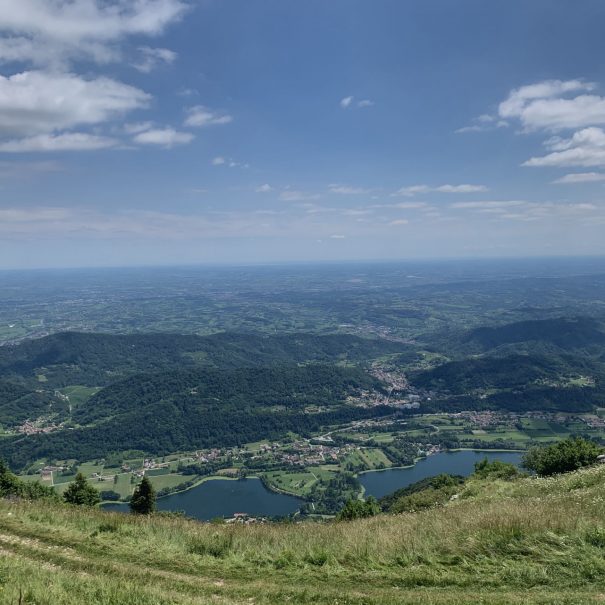
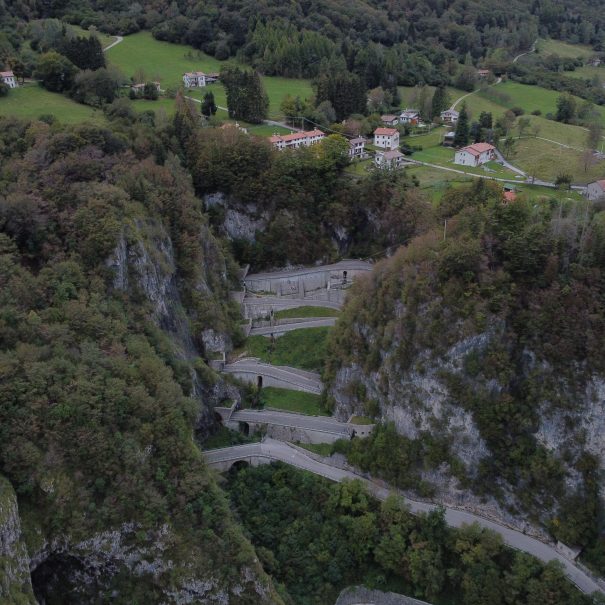
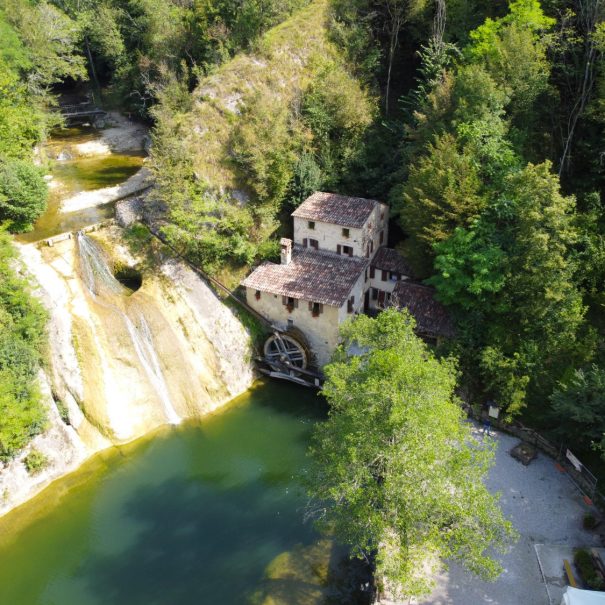
Lascia un commento